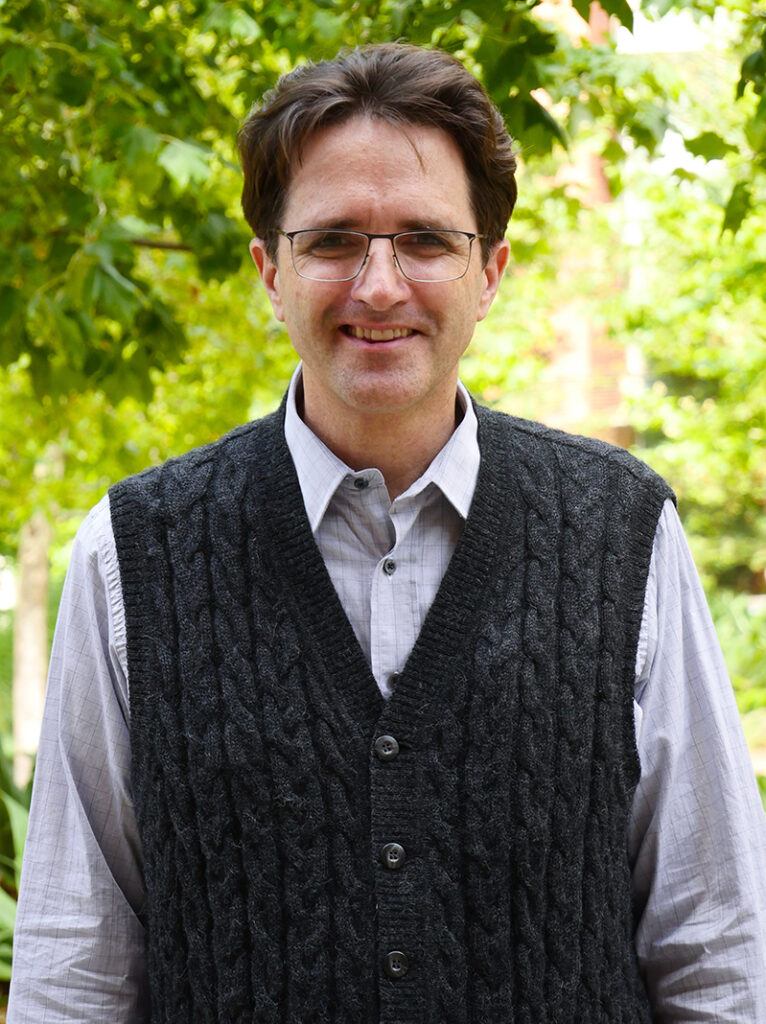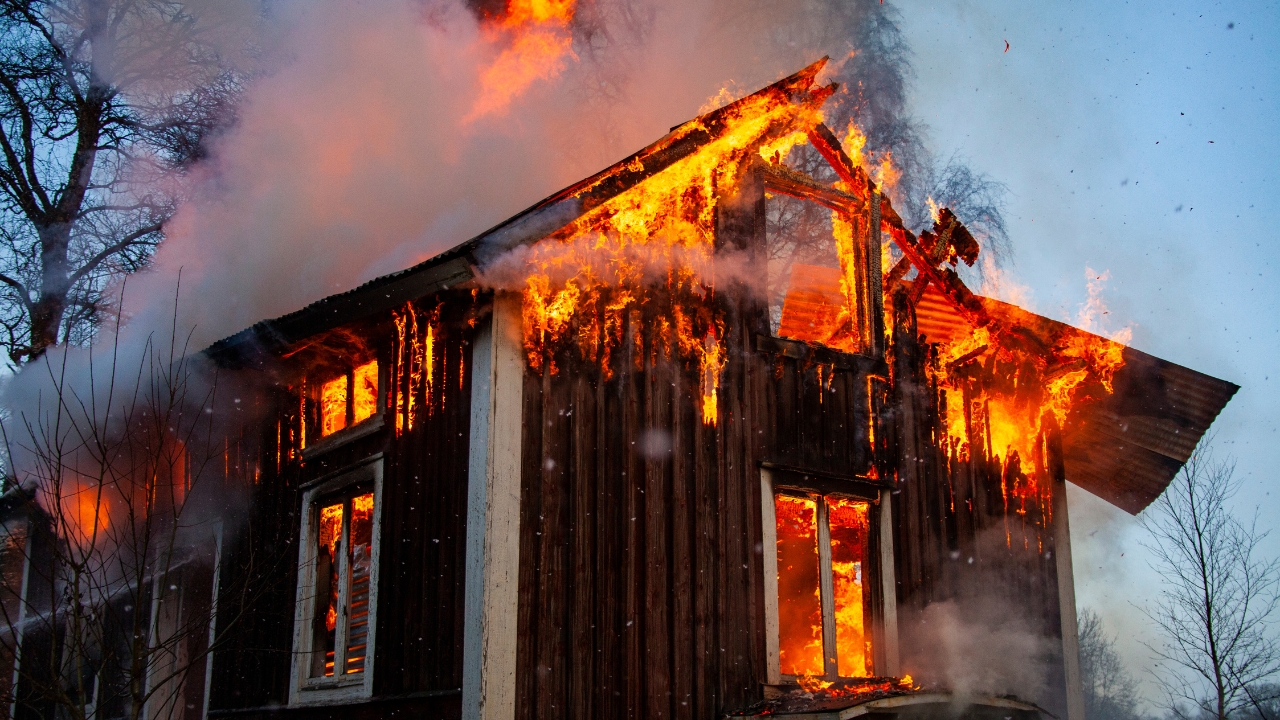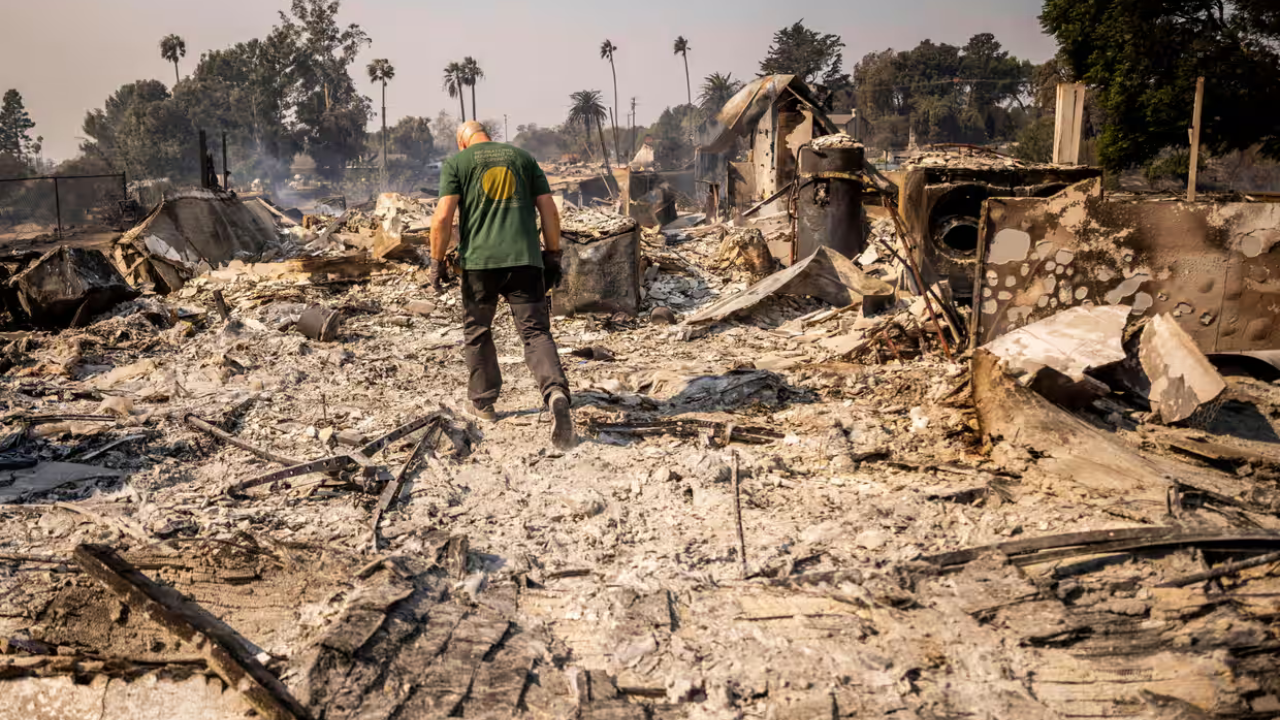
Travis Longcore in National Audubon Society: Artificial Lighting May Shift Bird Migration by More Than a Week, New Research Says
Purple Martins exposed to bright nighttime light migrated eight days early—which could lead to starvation at their breeding grounds. Travis Longcore, a UCLA biologist who studies the wildlife impacts of…
Purple Martins exposed to bright nighttime light migrated eight days early—which could lead to starvation at their breeding grounds.
Travis Longcore, a UCLA biologist who studies the wildlife impacts of artificial night light and was not involved in the new study, says the night brightness levels measured by some of the martin geolocators represent “extreme bright light exposure . . . like a dazzling streetlight.”



